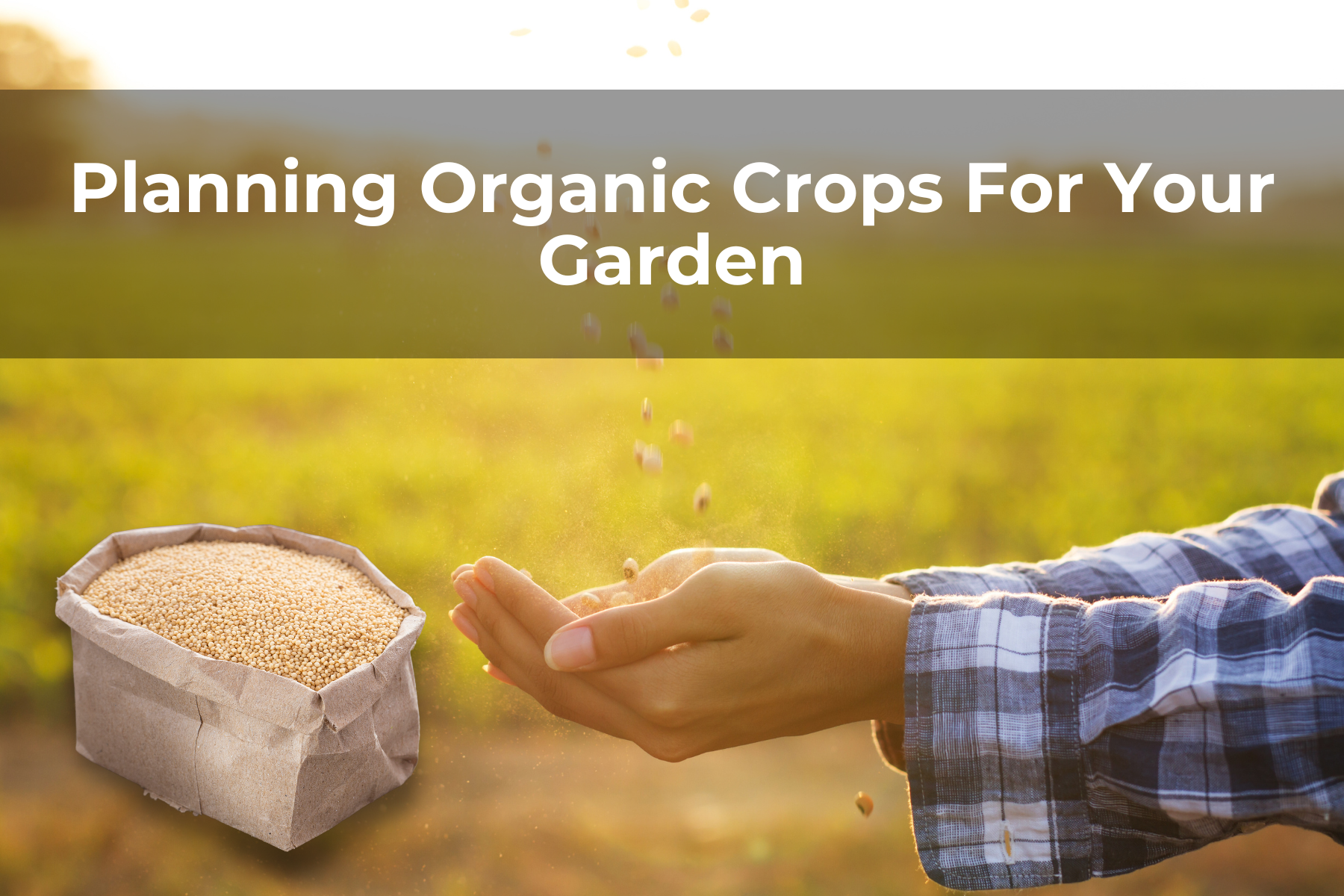Last Updated on April 11, 2024 by Real Men Sow
Planning organic crops for your garden can be daunting, but with a little planning and research, it can be a fun and rewarding experience. There are a few things to consider when planning your organic garden, such as the soil you have, the climate you live in, what you want to grow, and how much space you have.
Organic gardening is a great way to grow your own food, but it does take some planning. The first thing you need to consider is the type of food you want to grow. Do you have fruit or vegetables or both? Once you’ve decided that, you need to research what grows well in your area. You also need to consider how much space you have to work in.
These are the essential points you should consider when planning organic crops for the garden.
- What plants will thrive in your microclimate zone?
- What are you most passionate about growing/what do you want to eat?
- Complementary plants that grow well together
- What should you avoid planting next to each other?
- What was the last thing that was planted in this space? Organic gardening requires you to rotate crops to prevent the disease from spreading and replenish the soil’s nutrients. If there was something in your garden last year, you should choose a plant of a different family to plant this year.
Getting Started on Planning Organic Crops
Now that you have some knowledge, it is time to start planning your garden. You must first decide which seeds or plants to purchase to start your garden. Once you’ve identified your garden zone and have an idea about the microclimate, you can choose the seeds and start using them.
Planning Your Garden
You will need to decide whether or not you want to plant in the ground, in a raised bed, or in containers, depending on how big and small your garden is.
Mixing raised beds with container gardening works well together. There is no reason to have more than one. Containers are always a good choice when growing certain crops. If you plan to do any container gardening, ensure you get the right size, quantity, and type of container.
In-ground and raised beds are two options. You can either plan your garden according to existing beds or build your beds. Before you begin planning the soil, make sure you have a rough idea of the dimensions.
Pick Your Seeds (Or Starts).
It is up to you to decide whether or not you want to start all your plants from seeds. You might choose to buy a combination. Starts are a good option if space is limited or you wish to experiment with various plants instead of one.
It doesn’t matter what choice you make, but there’s something magical about watching a seed grow into a plant. You will need to decide if you want to sow seeds from seed.
Tomatoes, onions and peppers do well if they are started indoors for a few weeks before being transplanted outdoors. This gives them time to grow. Others, like peas and spinach, radishes, and carrots, perform better when they are directly sown outside.
Start Planting!
You can find a list of what plants to plant in your area at your local garden supply shop (or online), or you can create your chart based on your garden zone and the instructions on each packet. Start your seeds and plant your roots. You are well on your way!
Start your seeds indoors and let them dry for at least a few days before you put them outside. This means that you should introduce them slowly to the outside to avoid shock. You should first take them outside during the day and then bring them inside. Next, leave them outside for a couple more hours. Next, let them out for a day and then overnight. Finally, transfer them outside.
Direct sowing seeds can be tricky. You need to make sure they are spaced evenly and thin them out once they begin to grow. This will give each plant enough space to thrive.


